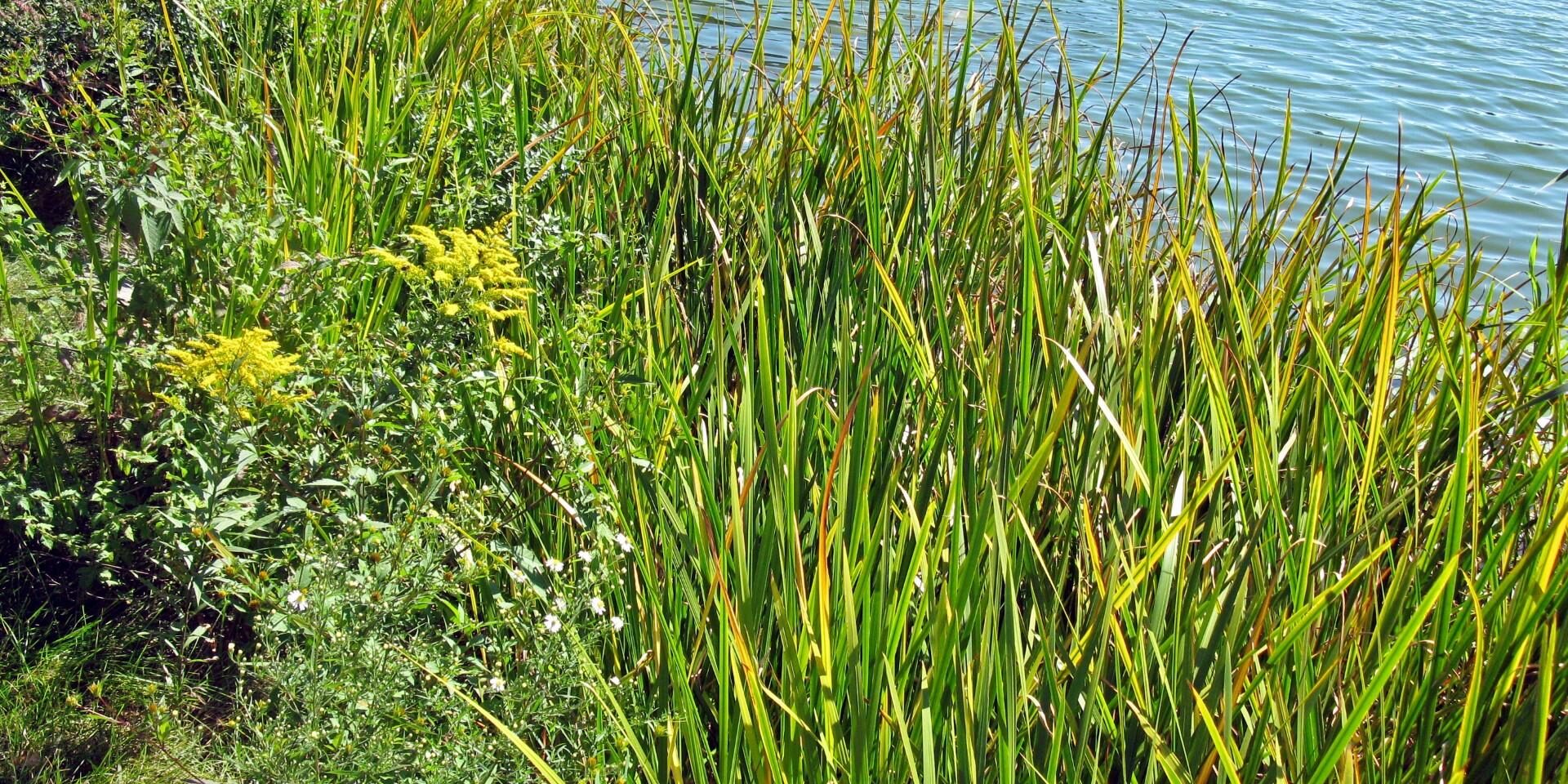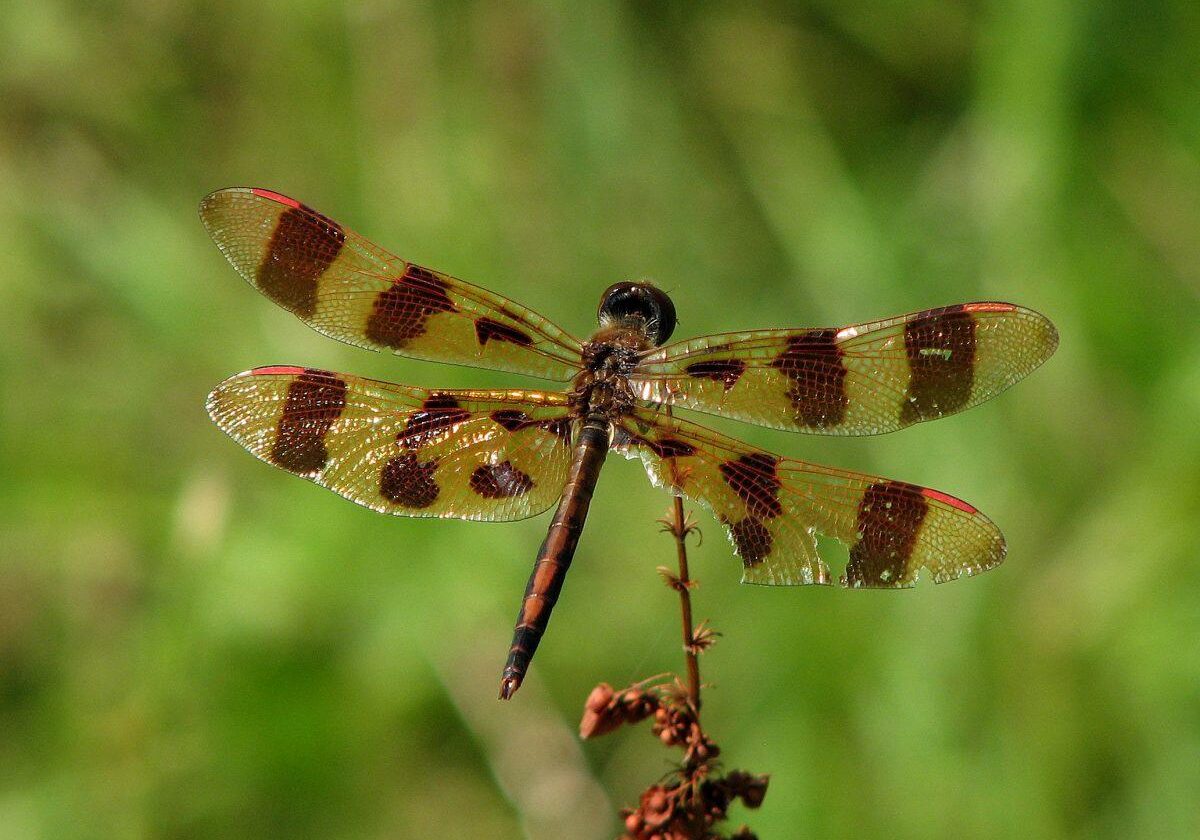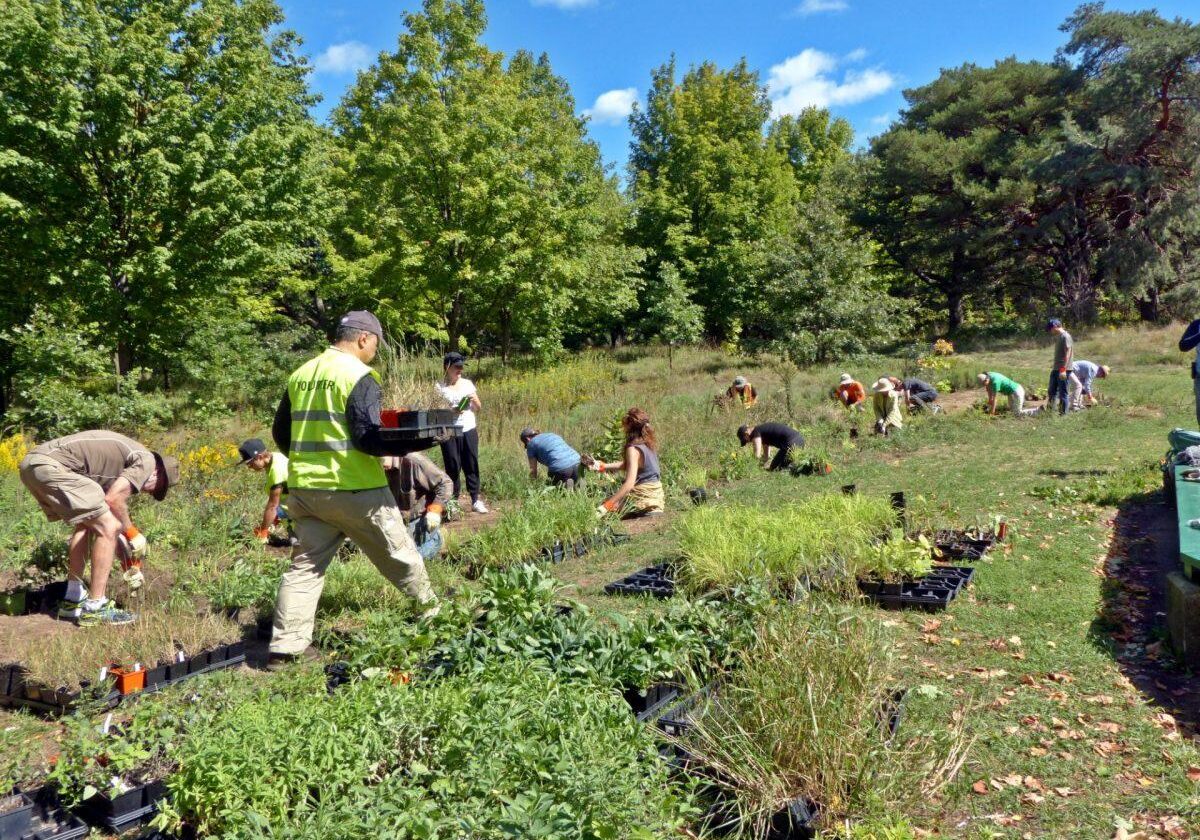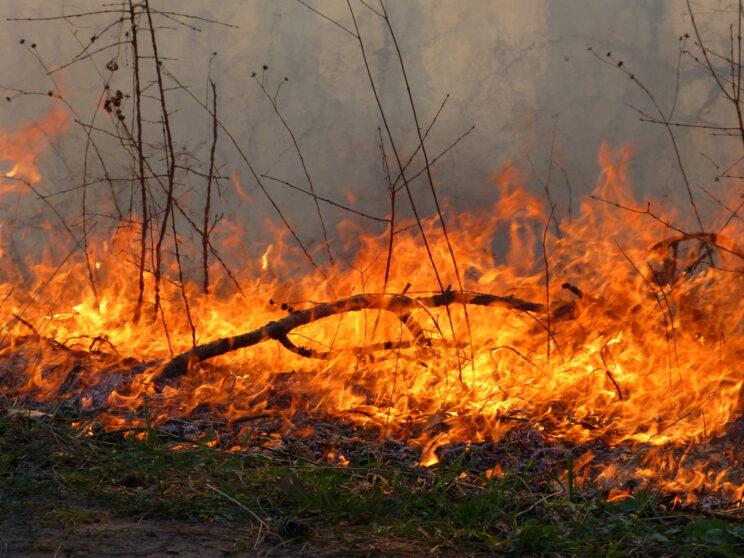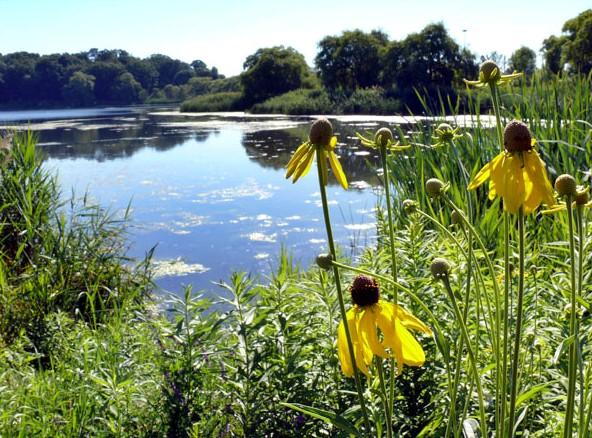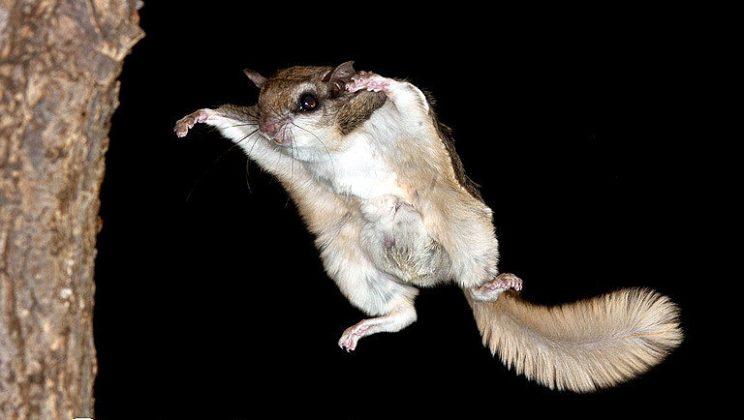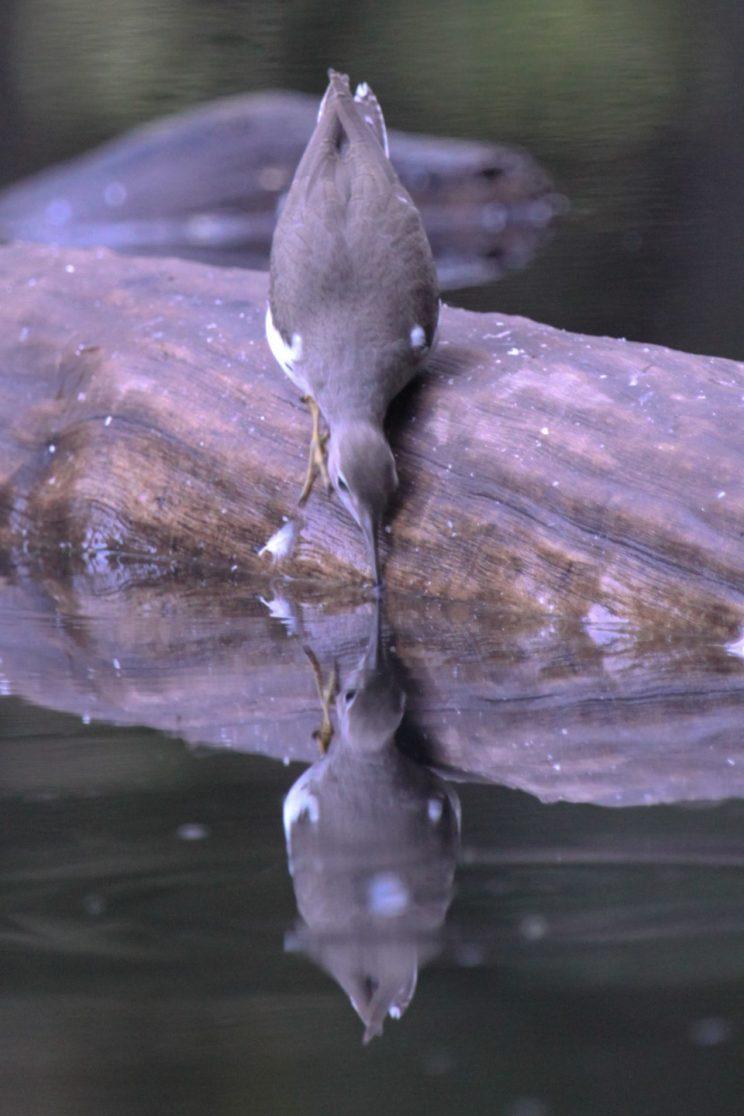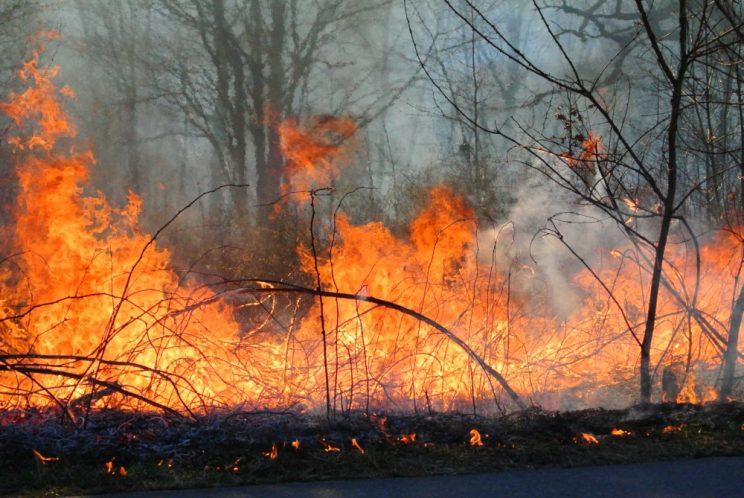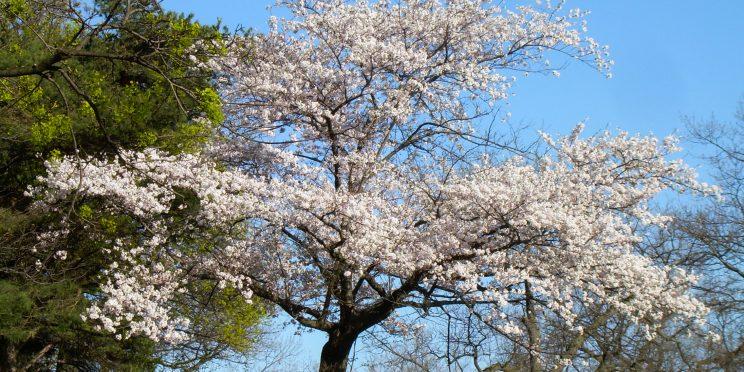High Park’s rare Black Oak woodlands and savannahs, along with its other plant communities, provide a unique refuge for a wide range of flora and fauna in an urban environment. This sizeable natural parkland close to Toronto's waterfront is an oasis for resident rare plants and animals, and a safe haven for migrating birds and butterflies. It is also an invaluable resource to local residents and the wider scientific community and features an important centre for environmental education, the High Park Nature Centre.
Restoration
A major portion of High Park is designated as an Environmentally Significant Area (ESA) and most of this is also designated as an ANSI (Area of Natural and Scientific Interest).
Learn about the restoration challenges in High Park and the various techniques being used to meet these challenges.
Research
Every year, numerous research studies and educational programs are conducted in High Park, ranging from elementary and high schools to post-secondary studies and post-graduate theses.
We encourage researches to share their ongoing projects and findings on this web-site.
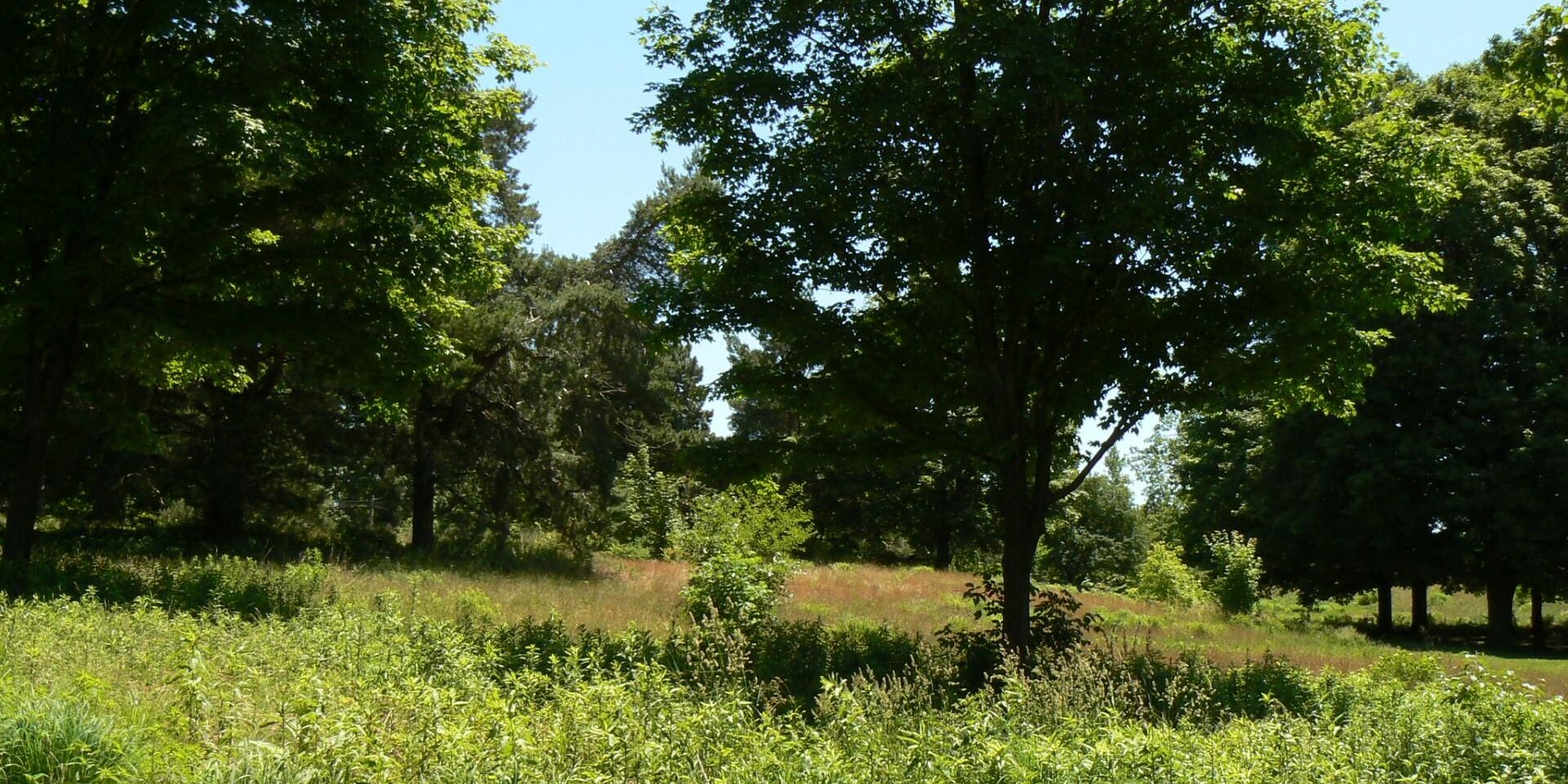
What are ESAs?
Environmentally Significant Areas (ESAs) are natural spaces within Toronto's natural heritage system that require special protection to preserve their environmentally significant qualities. Toronto's Official Plan currently recognizes 86 Environmentally Significant Areas in the city. Development is not permitted in ESAs and activities are limited to those that are compatible with the preservation of their natural features and ecological functions.
"[High Park is] the last sizeable remaining natural area on the Iroquois Sand Plain. The park contains a sizeable remnant of black oak savannah, a globally and provincially rare plant community."
Environmentally Significant Areas in the City of Toronto, June 2012

High Park Environmentally Significant Area (ESA) Factsheets
- High Park's ESA Status based on 2012 ESA report, passed by City Council, November 2015. Tablelands were added to ESAs. Policies covering ESAs and ANSIs were also strengthened.
- Notes on Planning and Natural Heritage Protection and Application to High Park, November 2014.
- 38. High Park ESA Factsheet, June 2012.
- 38A. High Park ESA Extension Factsheet, June 2012.
- 38. High Park ESA Map. Source: Environmentally Significant Areas in the City of Toronto, June 2012, Appendix 2
- High Park ESA Report, December 2008 (with plant lists and map).
1982
High Park was designated as an ESA
1989
High Park was designated a provincially significant ANSI
2015
High Park's Tablelands have been added to the map of Toronto's ESAs, bringing ESA area to 83.25 ha (51.7%) of High Park
What is an ANSI?
An ANSI is an Area of Natural and Scientific Interest. A total of 73 ha (45%) of High Park has been designated an ANSI. ANSIs are areas of land and water containing unique natural landscapes or features and are designated by the Ministry of Natural Resources and Forestry (MNRF). These features have been scientifically identified as having life or earth science values related to protection, scientific study or education.
- ANSI Report - A Botanical Inventory and Evaluation of the High Park Woodlands, S. Varga, 1989. PDF (1Mb)
- High Park Oak Woodlands Provincial Life Science ANSI Factsheet, 2009. PDF
The ANSI is protected for the long term by the Provincial Policy Statement and its guideline the Natural Heritage Reference Manual (NHRM). (Municipalities need to either follow the guideline or take measures that have the same effect and explain how the effect is achieved.)
Significant features should be protected by a buffer. One function of the buffer is to prevent the penetration of light and noise into the natural heritage feature (see Table 13-1 on page 130 of the NHRM). The minimum width of buffers to protect wildlife habitat should be 100m (NHRM page 136), and the buffer should have native vegetation.
Life science ANSIs are significant representative segments of Ontario’s biodiversity and natural landscapes, including specific types of forests, valleys, prairies, savannahs, alvars and wetlands, their native plants and animals, and their supporting environments. They contain relatively undisturbed vegetation and landforms, and their associated species and communities. Provincially significant life science ANSIs include the most significant and best examples of the natural heritage features in the province, and many will correspond to other significant features and areas such as wetlands, valleylands and woodlands.
ANSIs play an important role in the protection of Ontario’s natural heritage, since they best represent the full spectrum of biological communities, natural landforms and environments across Ontario outside of provincial parks and conservation reserves. In addition, ANSIs provide a focus for both public and private sectors to contribute to the protection of Ontario’s natural heritage.
Global (G) Conservation Status: G1
The plant community in High Park is ranked G1, i.e. critically imperiled on a global basis.
Critically Imperiled - At very high risk of extinction or elimination due to extreme rarity (often 5 or fewer populations), very restricted range, very few populations or occurrences, very steep declines, very severe threats, or other factors. See all ranks: Nature Serve
High Park Stewards
Volunteer Stewards have been working with the City of Toronto since 1996, to protect and restore the remaining natural areas of High Park.
High Park Natural Environment Committee
Volunteer group that advises the City of Toronto on the protection and restoration of the natural environment of High Park.
